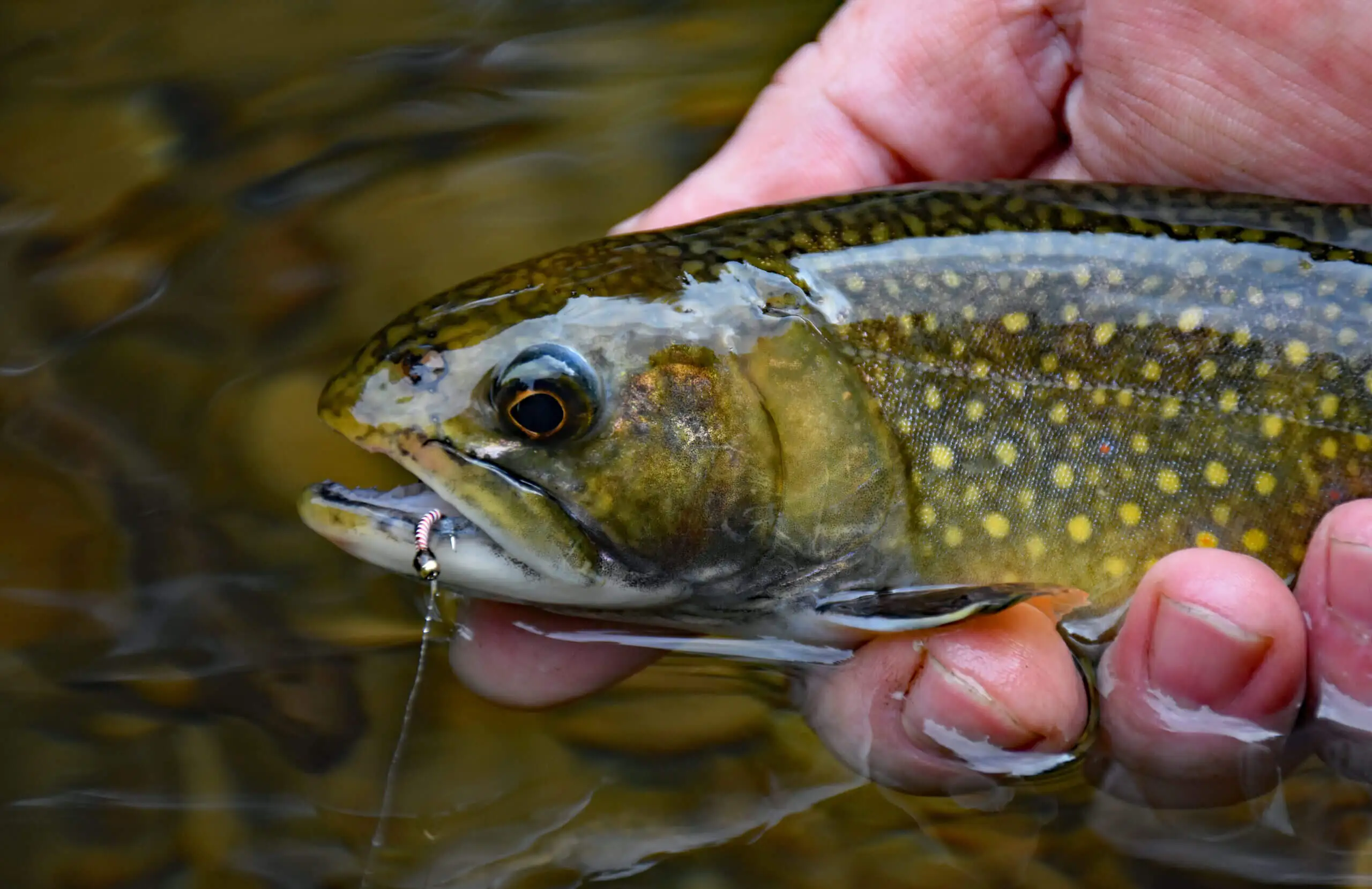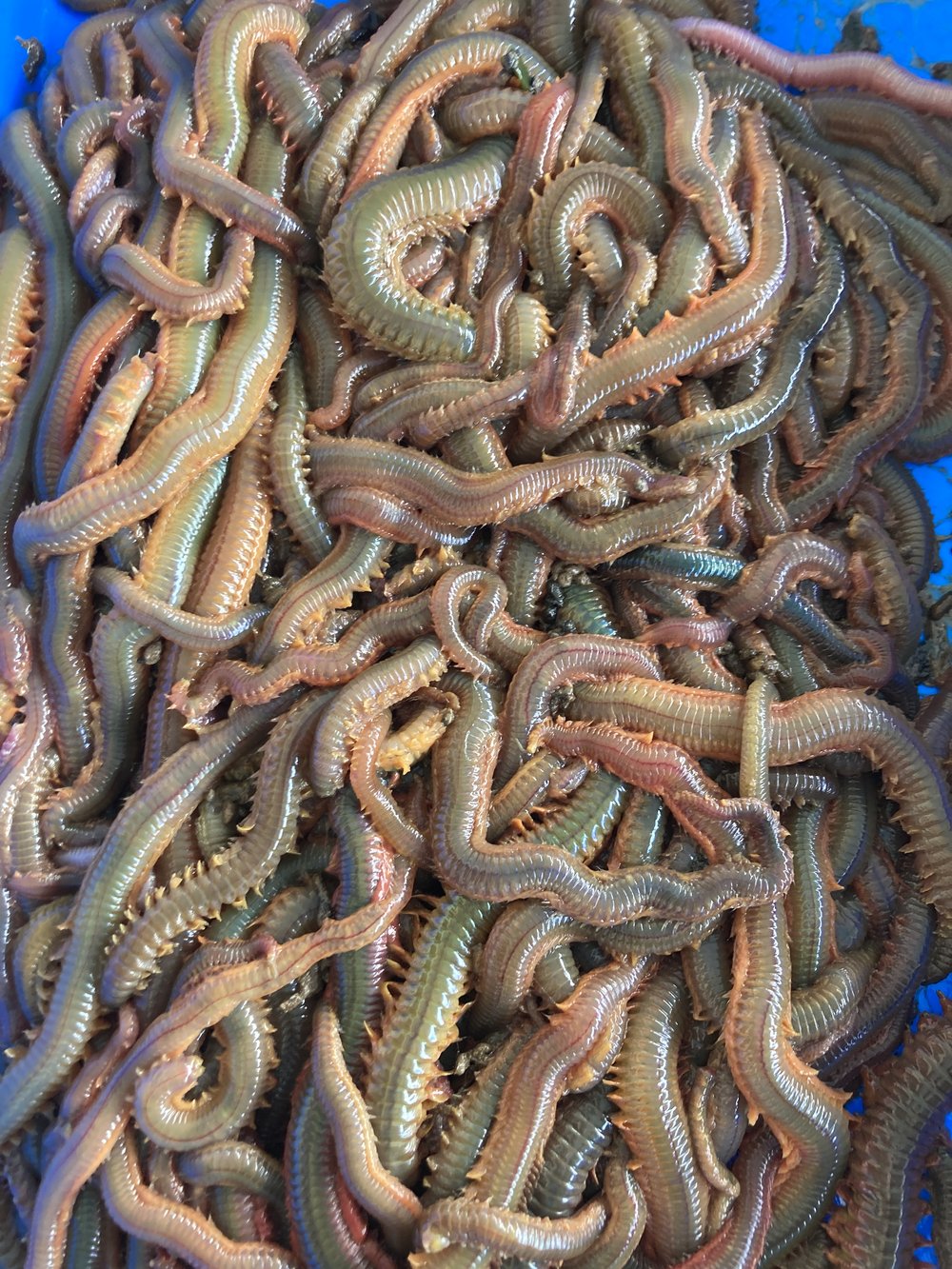The Ultimate Guide To Where To Find Red Wigglers
The Ultimate Guide To Where To Find Red Wigglers
Blog Article
The Facts About Where To Find Red Wigglers Revealed
Table of ContentsNot known Factual Statements About Where To Find Red Wigglers Fascination About Where To Find Red WigglersSome Known Details About Where To Find Red Wigglers Little Known Questions About Where To Find Red Wigglers.How Where To Find Red Wigglers can Save You Time, Stress, and Money.Where To Find Red Wigglers Things To Know Before You Get This
For best outcomes, you want to shoot for about 60-70% dampness level. At the excellent moisture levels which is just under 70% that handful must barely generate one drop of fluid.
The Indian Blue is voracious, yet additionally favors a warmer climate and it additionally exhibits a propensity to get away the bin. The red wiggler is a hardy worm and isn't as particular concerning its environment. I like to call it the Ford Taurus of vermicomposting worms; you won't boast to your hardcore composting pals that you possess them, yet they will certainly offer you well.
Like any various other lure, a worm's effectiveness has actually come to rely on its discussion. H.G. "Tap" Tapply underscored this point virtually a half century earlier in one of his Area & Stream columns. "A worm is such an unformed creature," he wrote, "there doesn't appear to be quite a fisherman can do with it other than stab it on a hook and throw it right into the water." But as Faucet demonstrated, an angler can do a great deal to make a worm more appealing.
Little Known Questions About Where To Find Red Wigglers.
I assume you will certainly also if you try them. The smaller the trout stream, the better worms work is an axiom that hasn't changed in the 100-plus years because Perry wrote his post. Fishermens of his era simply stuck their weak fly rods through alder tangles and dropped a heavy worm right into a deep hole.
Early morning is prime feeding time, and the weightless bait's slow-moving descent leaves 5 inches of squirming protein in complete sight for quite a while. After you've made the actors, maintain the bond open and placed the pole in a forked stick. The line will drop off the pole in slow loops as the worm clears up, yet typically the sluggish loopholes will come to be a blur, and the early morning will unexpectedly get rather fascinating.
I normally make use of a whole 'spider, prefer marabou clothing, and drop the rod for two or 3 secs when I get a hit.
If it's there, established the hook with a sweep rather than a jerk. Once in a while you'll discover yourself hooked to those sluggish, hearty pulls, and feel the weight of a great walleye.
A Biased View of Where To Find Red Wigglers
When the heavy walleyes proceed to the big-water shoals in the late summertime, try going after them with a bucktail jig and a 1-inch pinch of nightcrawler. The bait covers the hook factor, deflects weeds, and supplies a taste of target. With nothing dangling or flapping, it stays protected no matter existing, casts, or ambitious panfish.
Whether you're wading or angling from a watercraft, drifting worms is one of the wonderful browsing techniques for larger rivers. For trout, a spade-dug, 4-inch yard worm is the appropriate dimension; for bass, walleyes, and steelhead, a nightcrawler might be a better option. The trick is to wander the bait through feeding and holding locations due to the fact that fish in existing are not mosting likely to ferret out the lure, as they could in still water.
Strikes will come as a sharp yank as opposed to a pull or rap. Fish the changes: mouths of tributaries, bank-side slicks, and the sides of huge pools. As the late Ed Zern, Area & Stream's terrific humorist, as soon as placed it: Anglers are birthed honest yet they get over it. His adage puts on any type of number of angling maneuvers, consisting of the matter of adding an item of worm to a wet fly.

Things about Where To Find Red Wigglers
Add a couple of hundred worms and feed them 2 times a week. Maintain the bed linen moist however not wet. On the menu: lettuce, fruit and vegetable waste, and the periodic nongreasy surplus.
Simply like veggie scraps, you can take your used coffee grounds and include them to a worm box. Worms enjoy eating coffee grounds. With the appropriate problems and wet, healthy soil, worms can live in a container of dust for around three weeks. Store Get the facts out of straight sunshine and keep at a temperature in between 50 and 80 levels.
When the hefty walleyes go on to the big-water shoals in the late summer season, attempt pursuing them with a bucktail jig and a 1-inch pinch of nightcrawler. The bait covers the hook point, deflects weeds, and uses a preference of victim. With absolutely nothing dangling or waving, it stays protected no matter of existing, casts, or ambitious panfish.
Getting The Where To Find Red Wigglers To Work
Whether you're wading or angling from a boat, wandering worms is among the terrific searching techniques for bigger rivers. Where To Find Red Wigglers. For trout, a spade-dug, 4-inch garden worm is the appropriate size; for bass, walleyes, and steelhead, a nightcrawler may be a far better option. The trick is to wander the lure with feeding and holding locations because fish in present are not going to ferret out the bait, as they might in still water
Fish the shifts: mouths of tributaries, bank-side slicks, and the sides of large swimming pools. His rule applies to any type of number of angling maneuvers, consisting of the issue of adding a piece of worm to a wet fly.
But elevating your very own lure means you can slide out of your house and struck the pond prior to Mother comes homejust like in the old days. Below's exactly how to keep a worm box: Cut a sheet of CDX-grade plywood, which is made with waterproof glues, to your measurements. Nail it with each other and pierce a lots 12-inch openings in all-time low for drainage.
The Only Guide for Where To Find Red Wigglers
Fill it with useful site shredded paper, leaves, peat moss, and soil. Moisten gently. Cover and allow sit for a week. Add a few hundred worms and feed them two times a week. Maintain the bedding moist yet not damp. On the food selection: lettuce, fruit and veggie waste, and the periodic nongreasy leftover.
Much like veggie scraps, you can take your used coffee grounds and include them to a worm box. Worms enjoy eating coffee premises. With the ideal problems and moist, healthy and balanced dirt, worms can stay in a bucket of dirt for around 3 weeks. Shop out of straight sunlight and keep at a temperature level in between 50 and 80 levels.
Report this page